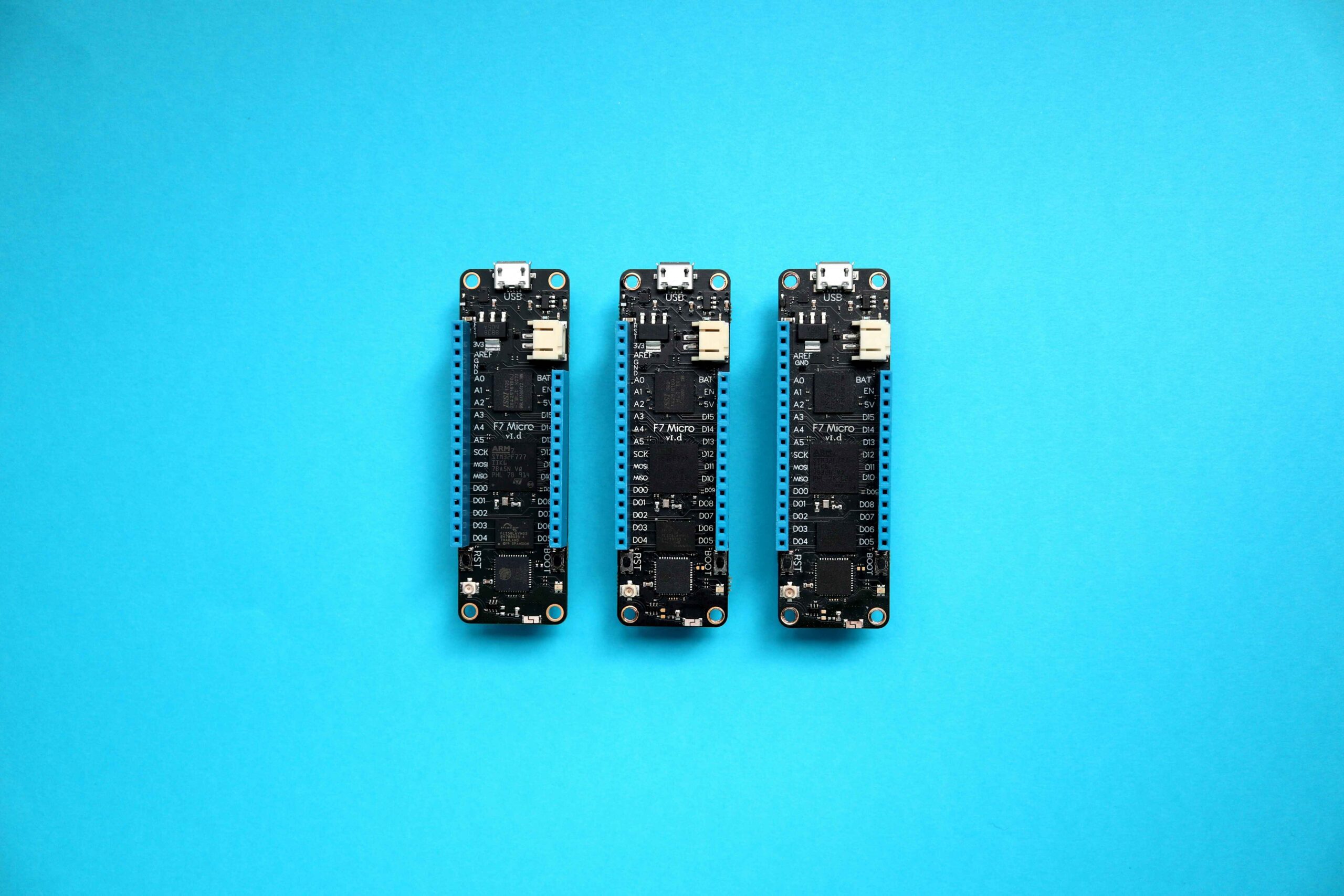Capacitive proximity sensors are devices that find applications, across multiple industries. They have the ability to detect both nonmetallic objects. How do they accomplish this? Well these sensors rely on the concept of capacitance. By generating a field they can determine if an object is present or absent, in their vicinity. In this article we will dive into the uses of capacitive proximity sensors. Gain a deeper understanding of how they work and what features they offer.
Understanding Capacitive Proximity Sensors
Capacitive proximity sensors are crafted to identify objects, by gauging alterations in capacitance. They possess the ability to perceive both nonconductive materials, which makes them well suited for various applications. These sensors generate a field that extends from the sensing surface. When an object enters this field it disrupts the field resulting in a modification of capacitance. This modification prompts the sensor to acknowledge the existence of the object.
Applications of Capacitive Proximity Sensors
These are the most common applications of Capacitive Proximity Sensors:
1. Level Sensing
Level sensing is a use case, for capacitive proximity sensors. These sensors find application in tanks and hoppers to gauge the levels of liquids or granular materials. The advantage of capacitive proximity sensors lies in their ability to detect the presence or absence of materials without any contact, which makes them perfect for situations where contact could contaminate the material or disrupt its flow. Moreover these sensors can also effectively measure the level of metallic substances, like plastic or glass.
2. Object Detection
Capacitive proximity sensors are widely used in industries to detect objects. These sensors can detect the presence of objects without making contact, which is especially helpful when dealing with delicate items or situations where contact could lead to damage or disruption. Capacitive proximity sensors find application, in automated manufacturing processes to identify component presence and ensure alignment.
3. Position Sensing
Position sensing is another use of capacitive proximity sensors. These sensors are capable of measuring the position of objects, those composed of conductive materials. They achieve this by detecting variations in capacitance resulting from the presence or absence of an object. Capacitive proximity sensors find application, in manufacturing and automation processes where they ensure component placement in robotic systems and assembly lines.
4. Quality Control
Capacitive proximity sensors are essential, for maintaining quality in manufacturing processes. These sensors are capable of identifying flaws or deviations in the surface of materials like metal or plastic by detecting changes in capacitance caused by irregularities, on the surface. This enables detection of imperfections guaranteeing that only high quality products make it through the production line. Inspection systems often incorporate capacitive proximity sensors to identify and remove any items.
Advantages and Limitations of Capacitive Proximity Sensors
These are some a advantages and limitations of Capacitive Proximity Sensors:
Advantages
- Capacitive proximity sensors can detect both metallic and non-metallic objects, providing versatility in various applications.
- They offer high switching rates, making them suitable for rapid response applications such as counting.
- These sensors can detect liquid targets through non-metallic barriers, enabling level sensing in challenging environments.
- Capacitive proximity sensors have a long operating life and provide “bounce-free” signals due to their solid-state output.
Limitations
- Ambient temperature, humidity, and moisture conditions can impact the performance of capacitive proximity sensors.
- Although they can detect non-metallic objects, capacitive proximity sensors are not as repeatable as inductive proximity sensors.
- Capacitive sensors may be affected by radio frequency interference (RFI) and electromagnetic fields, requiring careful consideration in certain environments.
- Sensing ranges of capacitive proximity sensors are dependent on the dimensions and material composition of the target object.
Selecting Capacitive Proximity Sensors
When choosing a capacitive proximity sensor, for your needs there are important factors to take into consideration. The size of the sensor its sensing range and how well it works with the material you’re targeting all play a role in achieving performance. Moreover you must also consider aspects like temperature, humidity and electromagnetic interference. It’s vital to refer to the specifications and guidelines provided by the sensor manufacturer to ensure that the selected sensor meets all the requirements, for your application.
Notable Manufacturers
Numerous established companies provide capacitive proximity sensors, for industrial uses. Eaton, a brand specializing in automation and control offers a range of reliable, accurate and robust capacitive proximity sensors suitable, for different industries. Additionally Pepperl+Fuchs, Omron and Banner Engineering are manufacturers that also provide a selection of capacitive proximity sensors to meet the specific needs of different applications.
Conclusion
Capacitive proximity sensors have become a component of industrial automation playing a vital role, in accurate detection and measurement across a wide range of applications. Their versatility and reliability make them highly favored in industries due to their ability to detect both nonmetallic objects. These sensors offer applications, such, as level sensing, object detection and position sensing which contribute significantly to enhancing efficiency and ensuring quality control. When selecting a capacitive proximity sensor it is crucial to consider the requirements of your application and choose a sensor that aligns perfectly with those needs.

